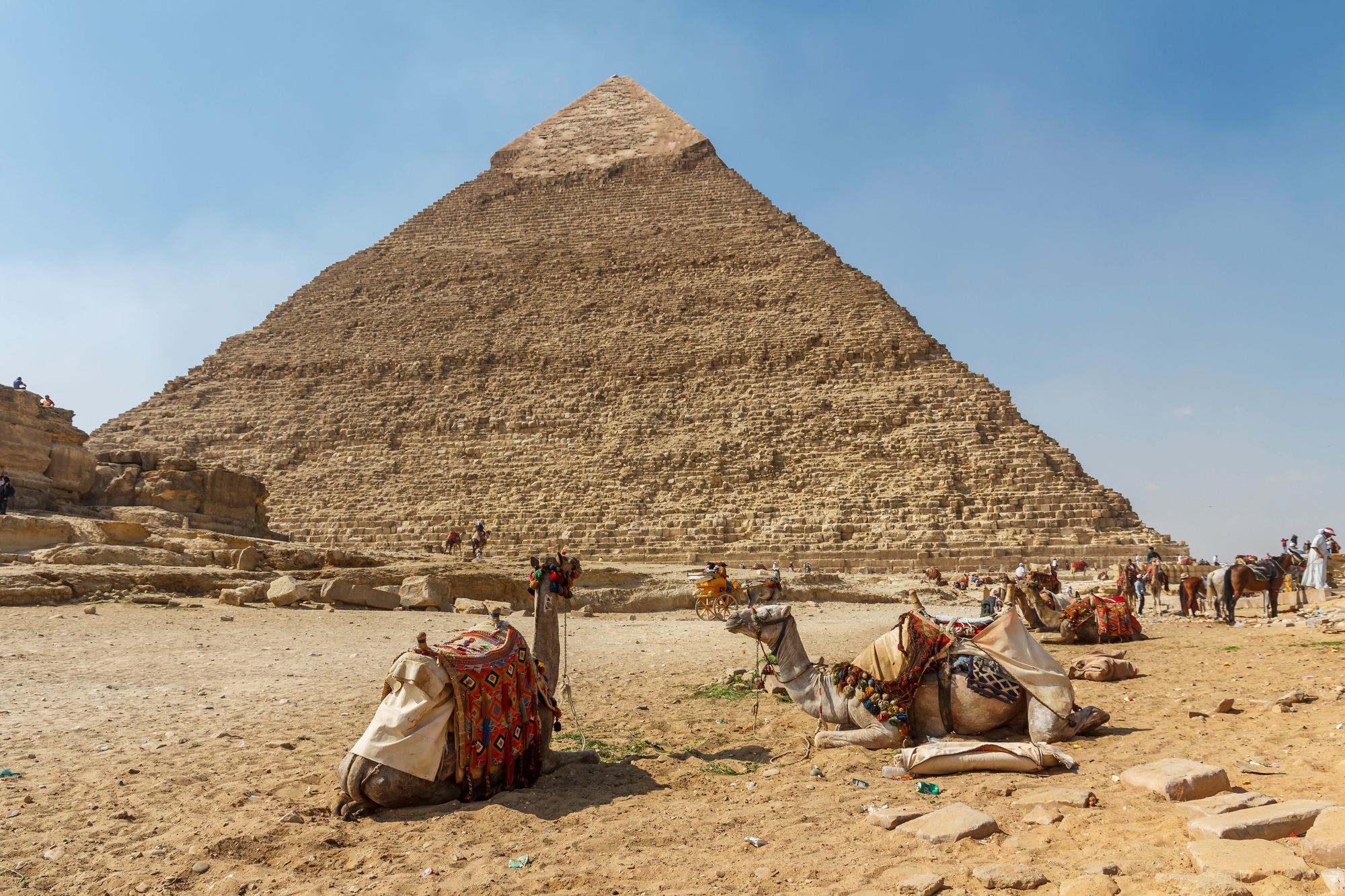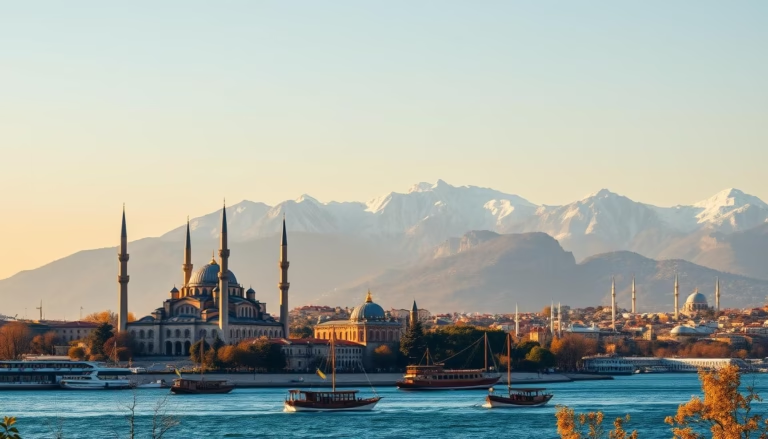7 Enigmatic Temples of Ancient Egypt That Will Take Your Breath Away
As the sun dips below the horizon, casting a golden glow over the mystical land of the pharaohs, the ancient whispers of Egyptian history beckon you to explore. With towering stone monuments rising from the sands, Egypt’s temples are not merely remnants of civilization; they are gateways to understanding a world built on divine reverence and monumental achievements. Are you ready to traverse the land of gods and kings? Let’s embark on a journey of discovery through seven of Egypt’s most captivating temples.
Table of Contents
- Karnak: The Majestic Heart of Thebes
- Abu Simbel: The Twin Temples Carved in Stone
- Luxor Temple: A Celebration of the Gods
- Philae Temples: The Island of Isis
- Temple of Edfu: The Falcon’s Sanctuary
- Medinet Habu: Ramesses III’s Grandeur
- Temple of Seti I: The Royal Legacy
Karnak: The Majestic Heart of Thebes
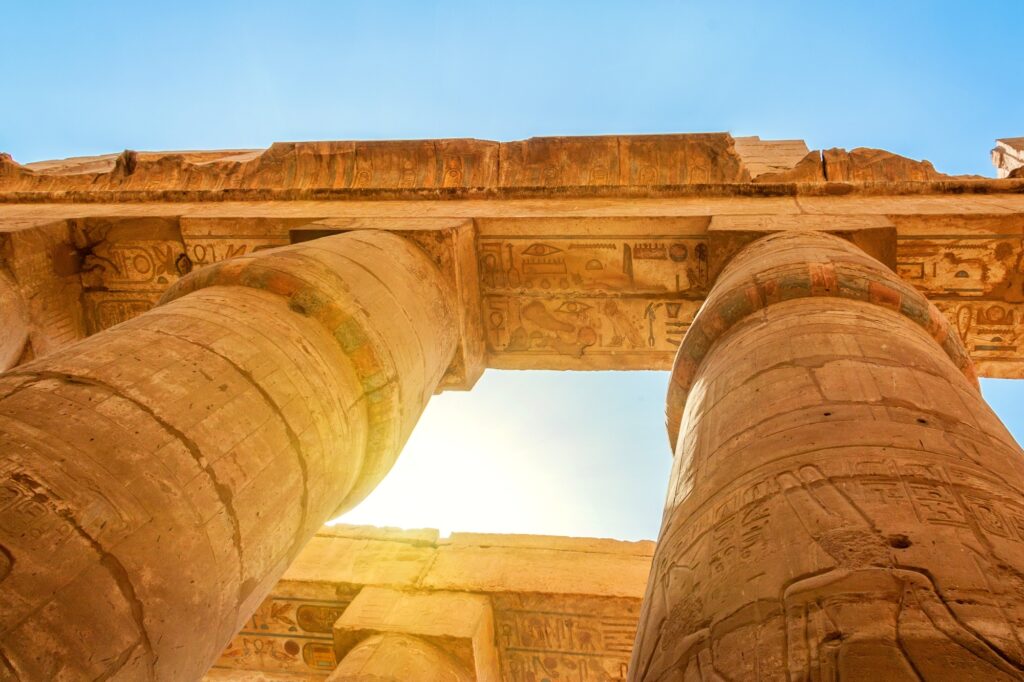
Imagine standing in the midst of what is often regarded as the world’s largest ancient religious site, Karnak. Its colossal temples, built over centuries, are a testament to the artistry and ambition of numerous pharaohs. Just north of Luxor, this sprawling complex consists of three main temples, each a microcosm of divine grandeur.
As you wander through the Hypostyle Hall, with its 134 towering columns reaching towards the sky, you can feel the weight of history pressing down. The hall’s intricate carvings and hieroglyphics whisper tales of gods and rituals that filled the hearts of the ancient Egyptians. Witnessing the grandeur of Karnak is more than just a visit; it’s a pilgrimage into the past that remains imprinted on the soul.
Abu Simbel: The Twin Temples Carved in Stone
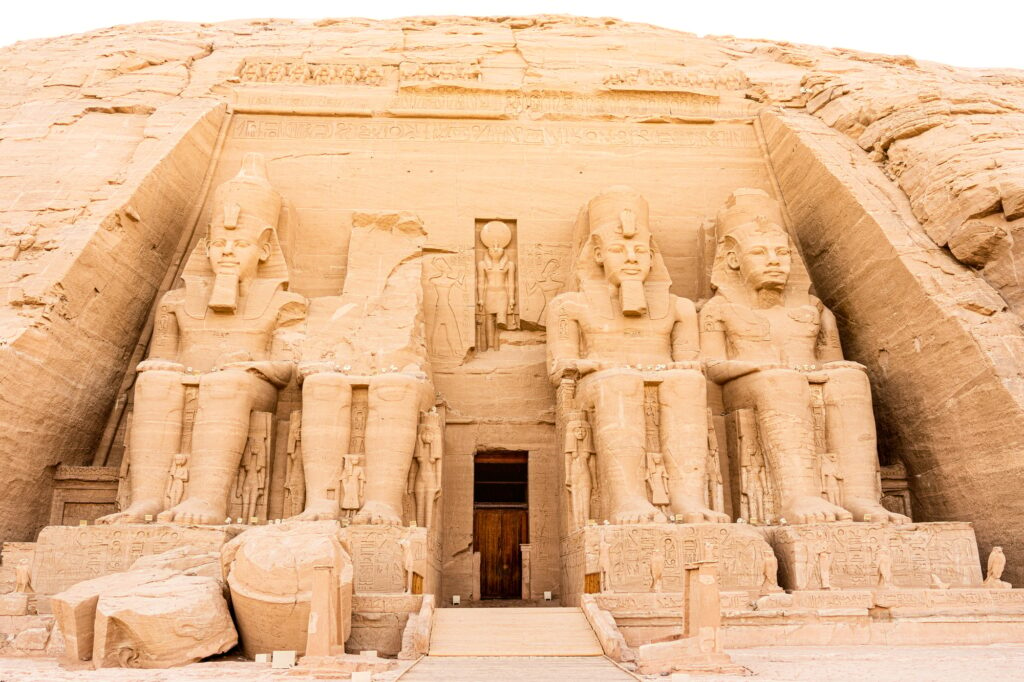
On the sunlit shores of Lake Nasser, the twin temples of Abu Simbel are a marvel of engineering and artistry, built by the mighty Pharaoh Ramesses II in the 13th century BC. These remarkable temples were designed not only to commemorate his reign but also to intimidate potential adversaries with their colossal statues and intricate reliefs.
As you approach, the grand entrance featuring four seated figures of Ramesses, each carved directly into the mountainside, commands awe. This site is a symbol of resilience; in the 1960s, it was painstakingly relocated to prevent submersion under rising waters—a feat that reflects the respect the world holds for this ancient wonder.
Luxor Temple: A Celebration of the Gods
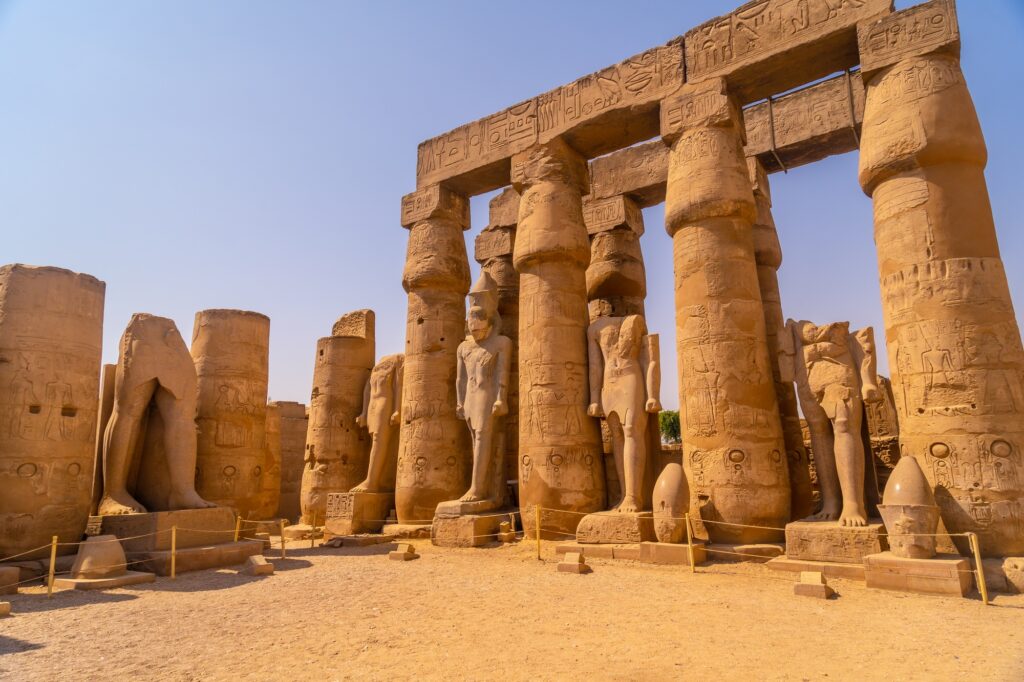
No visit to Egypt is complete without stepping into the Luxor Temple, where the past and present intertwine. Situated along the east bank of the Nile, this temple was dedicated to Amun, Mut, and Khonsu, and served as the backdrop for the extravagant Opet Festival, celebrating the divine connection between pharaohs and gods.
As the evening descends, the temple transforms under the glow of lights, creating an enchanting ambiance. Here, history comes alive as you walk along the Avenue of Sphinxes, witnessing the same pathways once trodden by ancient priests and royalty alike. Feel the pulse of ancient celebrations echo through stone as you stand in this sacred space.
Philae Temples: The Island of Isis
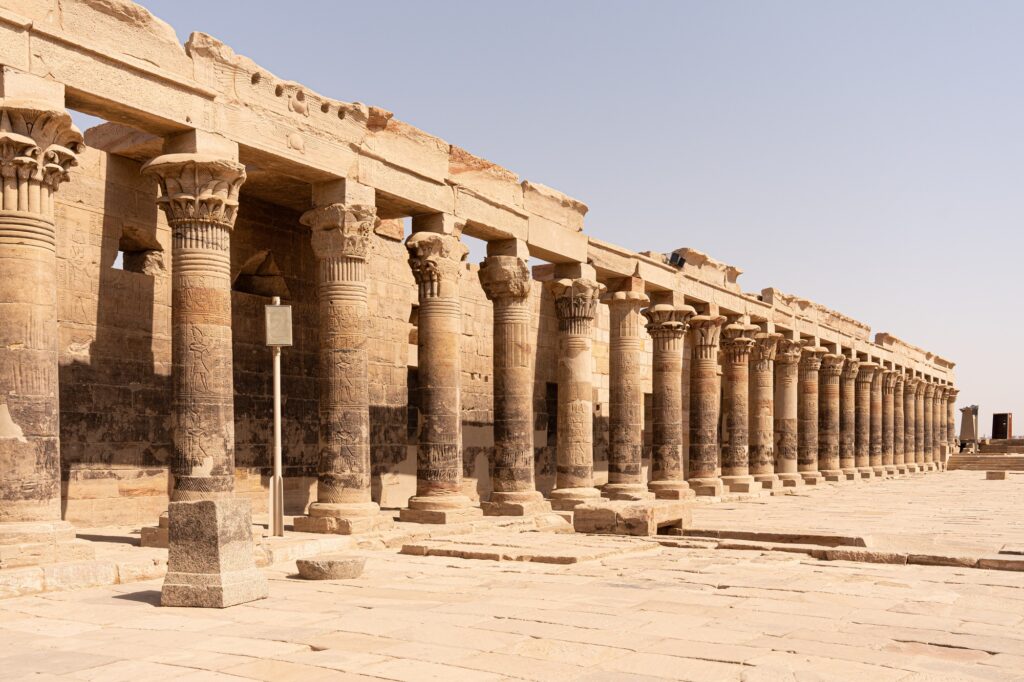
The enchanting island of Philae is a haven for those who seek to understand the religious heart of ancient Egypt, dedicated predominantly to the goddess Isis. This serene location served as a vital cult center, where countless rituals took place over millennia.
Imagine roaming through the remnants of temples that evolved from the 30th Dynasty into Roman times. As you explore, you’ll find Trajan’s Kiosk, a stunning structure that once greeted visitors arriving by water. In the 1960s, as the Nile threatened to submerge the island, an international effort saved this gem, transferring stones and stories to a new home on nearby Agilika Island. Here, the spirit of Isis continues to flourish.
Temple of Edfu: The Falcon’s Sanctuary
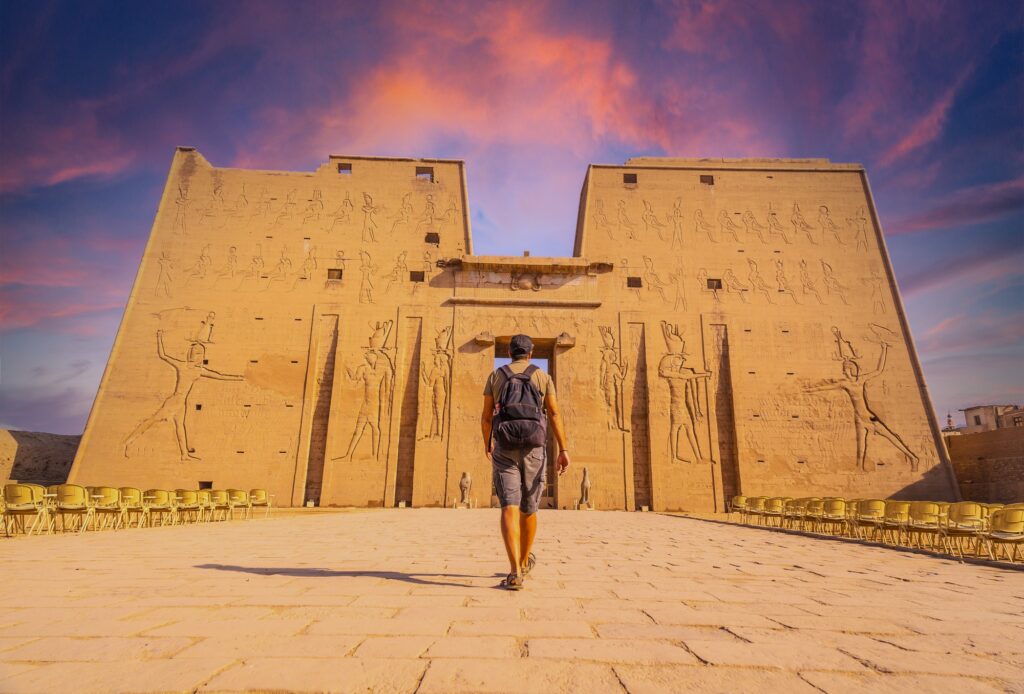
Situated along the Nile between Luxor and Aswan, the Temple of Edfu stands as the second largest and one of the best-preserved temples dedicated to the ancient god Horus, the falcon deity. Construction began in 237 BC under Ptolemy III and was completed by Ptolemy XII, blending glorious Egyptian tradition with Hellenistic influences.
As you step through its monumental entrance and into the vast hypostyle hall, the atmosphere buzzes with an aura of spirituality. Dive into narratives of mythology depicted in intricate engravings, where gods and mortals intertwine in epic tales. Edfu is not merely a site of worship; it encapsulates the quest for divine connection etched within stone walls.
Medinet Habu: Ramesses III’s Grandeur
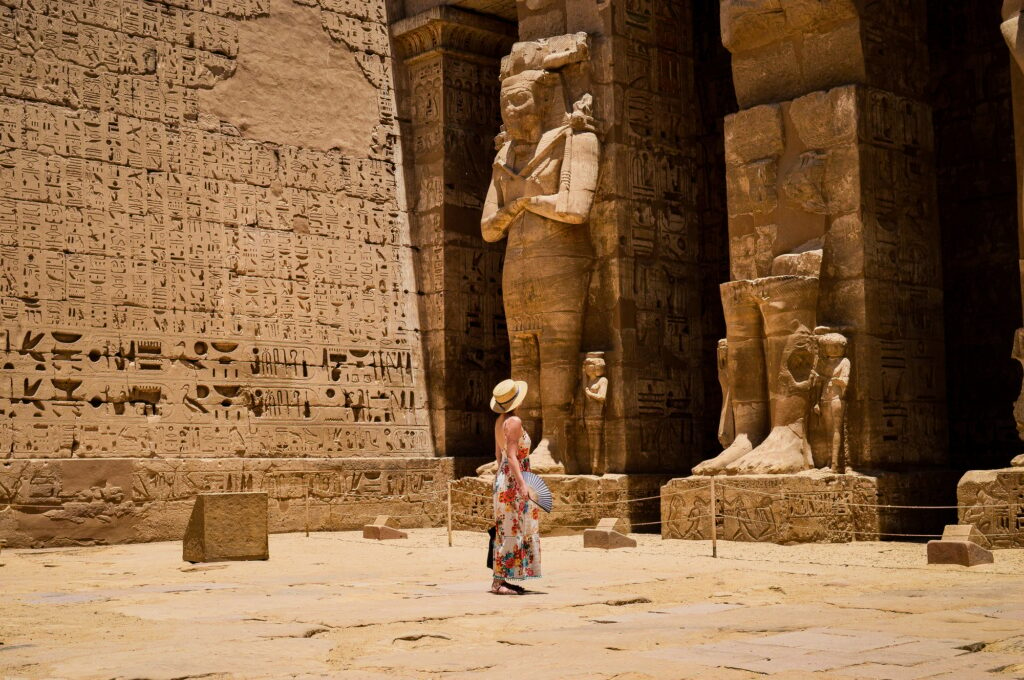
Tucked away on the west bank of Luxor, Medinet Habu is an awe-inspiring temple complex that embodies the power of Pharaoh Ramesses III. Known primarily for his military victories, Ramesses commissioned this massive mortuary temple that rivals Karnak in size yet boasts a unique charm.
Witness the impressive mud-brick walls that house stunning reliefs recounting battles and divine protection. The compound is not simply a tribute to one man; it was a bustling city with workshops, homes, and storerooms that echoed with daily life within its fortified confines, bringing ancient history to the streets.
Temple of Seti I: The Royal Legacy
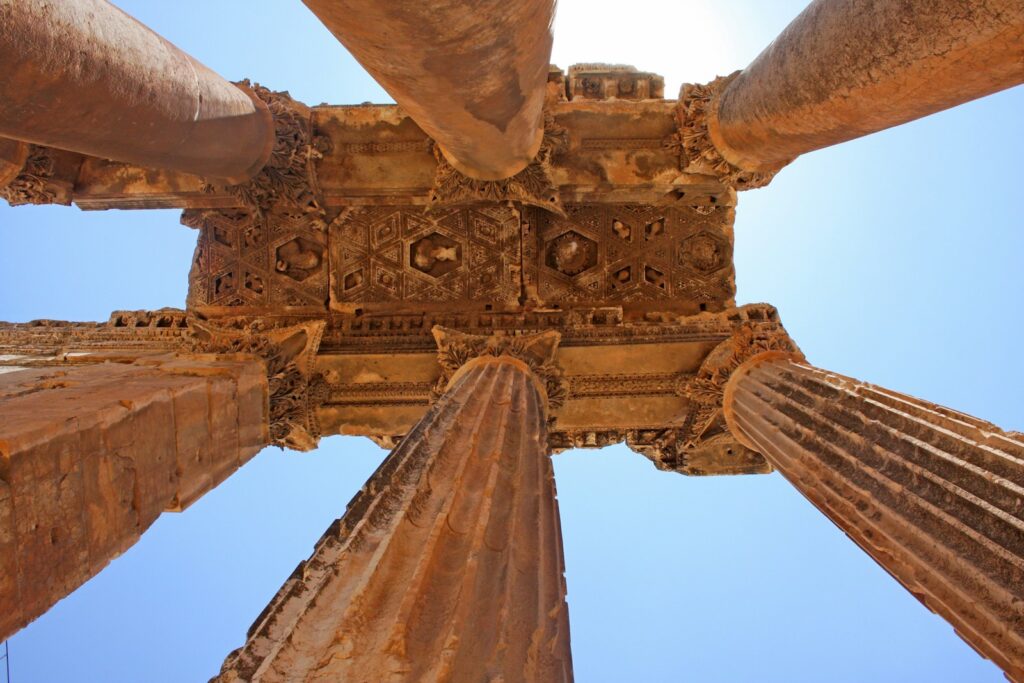
In the shadow of the ancient city of Abydos lies the Temple of Seti I, a monument dedicated to the revered pharaoh. Constructed during Seti I’s reign, this mortuary temple was designed to ensure his memory remained eternal as well as to honor the gods.
Within its walls, you’ll find the famous Abydos King List—a chronological family tree that recounts the kings of Egypt from the mythical Narmer through to Seti’s own son, Ramesses II. As you explore this sacred space, you can almost hear the echoes of prayers and the footsteps of priests, forging a connection to the divine.
